在重游《LDD3》的時候,又發現了一個當年被我忽略的一句話:
“內核具有非常小的棧,它可能只和一個4096字節大小的頁那樣小”
針對這句話,我簡單地學習了一下進程的“內核棧”
什么是進程的“內核棧”?
? ? 在每一個進程的生命周期中,必然會通過到系統調用陷入內核。在執行系統調用陷入內核之后,這些內核代碼所使用的棧并不是原先用戶空間中的棧,而是一個內核空間的棧,這個稱作進程的“內核棧”。
比如,有一個簡單的字符驅動實現了open方法。在這個驅動掛載后,應用程序對那個驅動所對應的設備節點執行open操作,這個應用程序的open其實就通過glib庫調用了Linux的open系統調用,執行系統調用陷入內核后,處理器轉換為了特權模式(具體的轉換機制因構架而異,對于ARM來說普通模式和用戶模式的的棧針(SP)是不同的寄存器),此時使用的棧指針就是內核棧指針,他指向內核為每個進程分配的內核棧空間。
內核棧的作用
? ? ?我個人的理解是:在陷入內核后,系統調用中也是存在函數調用和自動變量,這些都需要棧支持。用戶空間的棧顯然不安全,需要內核棧的支持。此外,內核棧同時用于保存一些系統調用前的應用層信息(如用戶空間棧指針、系統調用參數)。
內核棧與進程結構體的關聯
? ? 每個進程在創建的時候都會得到一個內核棧空間,內核棧和進程的對應關系是通過2個結構體中的指針成員來完成的:
(1)struct task_struct
? ? 在學習Linux進程管理肯定要學的結構體,在內核中代表了一個進程,其中記錄的進程的所有狀態信息,定義在Sched.h (include\linux)。
? ? 其中有一個成員:void *stack;就是指向下面的內核棧結構體的“棧底”。
? ? 在系統運行的時候,宏current獲得的就是當前進程的struct task_struct結構體。
(2)內核棧結構體union thread_union
union thread_union?{
struct thread_info thread_info;
unsigned long stack[THREAD_SIZE/sizeof(long)];
};
其中struct thread_info是記錄部分進程信息的結構體,其中包括了進程上下文信息:
/*
*?low level task data that entry.S needs immediate access?to.
*?__switch_to()?assumes cpu_context follows immediately after cpu_domain.
*/
struct thread_info?{
unsigned long????????flags;????????/*?low level flags?*/
int????????????preempt_count;????/*?0?=>?preemptable,?<0?=>?bug?*/
mm_segment_t????????addr_limit;????/*?address limit?*/
struct task_struct????*task;????????/* main task structure */
struct exec_domain????*exec_domain;????/*?execution domain?*/
__u32????????????cpu;????????/*?cpu?*/
__u32????????????cpu_domain;????/*?cpu domain?*/
struct cpu_context_save????cpu_context;????/*?cpu context?*/
__u32????????????syscall;????/*?syscall number?*/
__u8????????????used_cp[16];????/*?thread used copro?*/
unsigned long????????tp_value;
struct crunch_state????crunchstate;
union fp_state????????fpstate __attribute__((aligned(8)));
union vfp_state????????vfpstate;
#ifdef CONFIG_ARM_THUMBEE
unsigned long????????thumbee_state;????/*?ThumbEE Handler Base register?*/
#endif
struct restart_block????restart_block;
};
關鍵是其中的task成員,指向的是所創建的進程的struct task_struct結構體
而其中的stack成員就是內核棧。從這里可以看出內核棧空間和 thread_info是共用一塊空間的。如果內核棧溢出, thread_info就會被摧毀,系統崩潰了~~~
內核棧---struct thread_info----struct task_struct三者的關系入下圖:
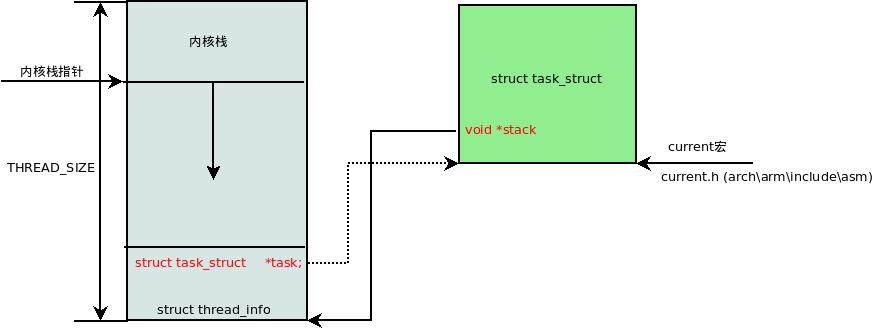
內核棧的產生
? ? 在進程被創建的時候,fork族的系統調用中會分別為內核棧和struct task_struct分配空間,調用過程是:
fork族的系統調用--->do_fork--->copy_process--->dup_task_struct
在dup_task_struct函數中:
static struct task_struct?*dup_task_struct(struct task_struct?*orig)
{
struct task_struct?*tsk;
struct thread_info?*ti;
unsigned long?*stackend;
int?err;
prepare_to_copy(orig);
tsk = alloc_task_struct();
if?(!tsk)
return?NULL;
ti = alloc_thread_info(tsk);
if?(!ti)?{
free_task_struct(tsk);
return?NULL;
}
err?=?arch_dup_task_struct(tsk,?orig);
if?(err)
goto out;
tsk->stack = ti;
err?=?prop_local_init_single(&tsk->dirties);
if?(err)
goto out;
setup_thread_stack(tsk, orig);
......
其中alloc_task_struct使用內核的slab分配器去為所要創建的進程分配struct task_struct的空間
而alloc_thread_info使用內核的伙伴系統去為所要創建的進程分配內核棧(union thread_union )空間
注意:
后面的tsk->stack = ti;語句,這就是關聯了struct task_struct和內核棧
而在setup_thread_stack(tsk, orig);中,關聯了內核棧和struct task_struct:
static inline void setup_thread_stack(struct task_struct?*p,?struct task_struct?*org)
{
*task_thread_info(p)?=?*task_thread_info(org);
task_thread_info(p)->task?=?p;
}
內核棧的大小
? ? 由于是每一個進程都分配一個內核棧空間,所以不可能分配很大。這個大小是構架相關的,一般以頁為單位。其實也就是上面我們看到的THREAD_SIZE,這個值一般為4K或者8K。對于ARM構架,這個定義在Thread_info.h (arch\arm\include\asm),
#define THREAD_SIZE_ORDER????1
#define THREAD_SIZE???? 8192
#define THREAD_START_SP?????(THREAD_SIZE?-?8)
所以ARM的內核棧是8KB
在(內核)驅動編程時需要注意的問題:
? ??由于棧空間的限制,在編寫的驅動(特別是被系統調用使用的底層函數)中要注意避免對棧空間消耗較大的代碼,比如遞歸算法、局部自動變量定義的大小等等
?
 電子發燒友App
電子發燒友App









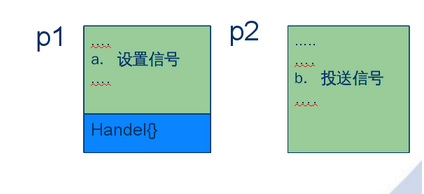
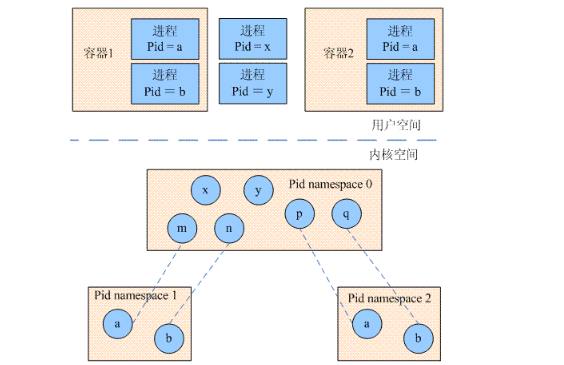
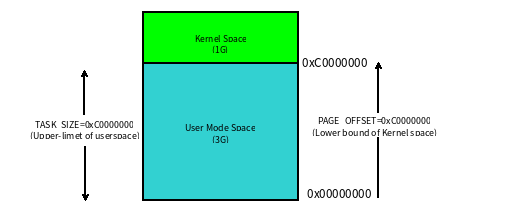
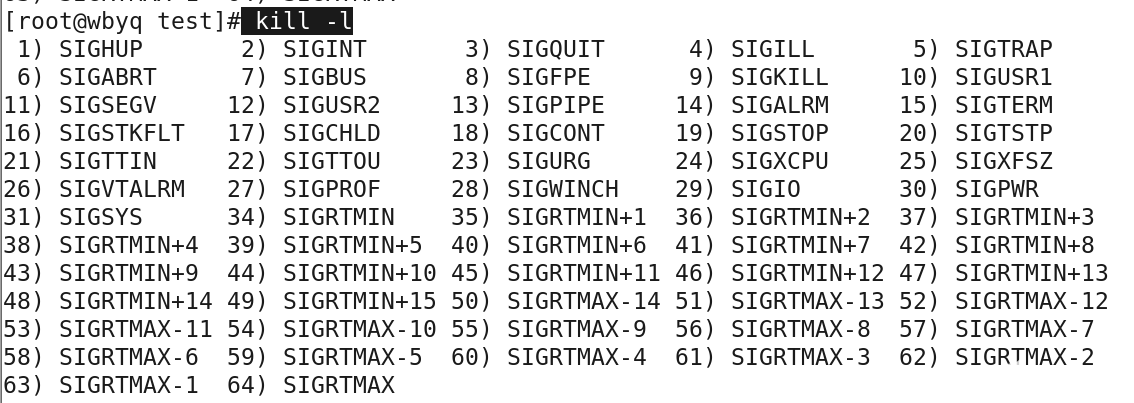
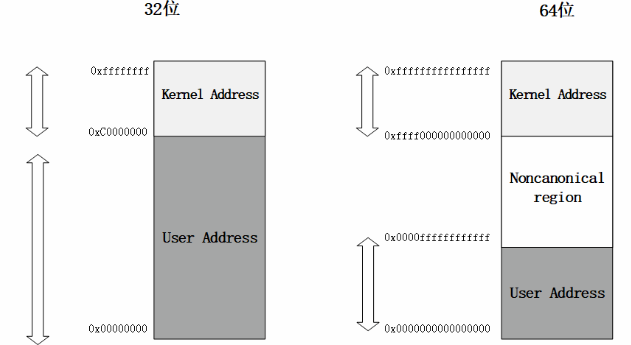
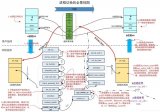
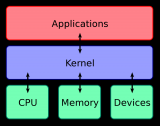

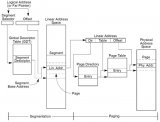

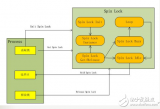
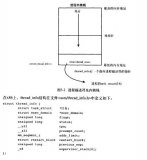
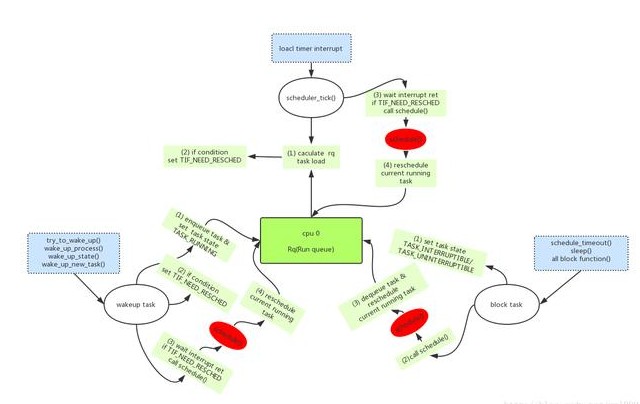

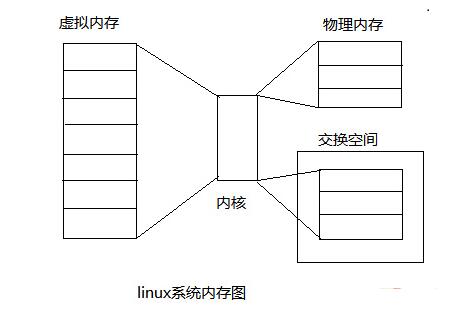
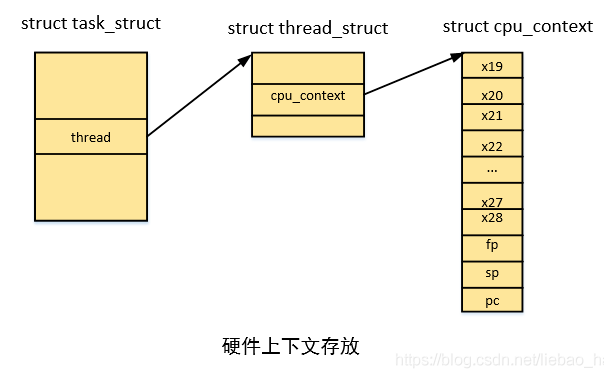
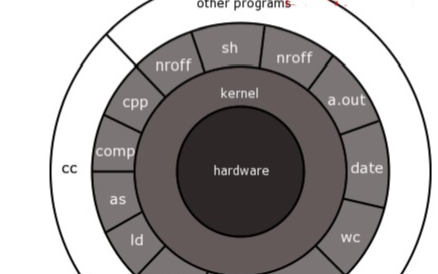
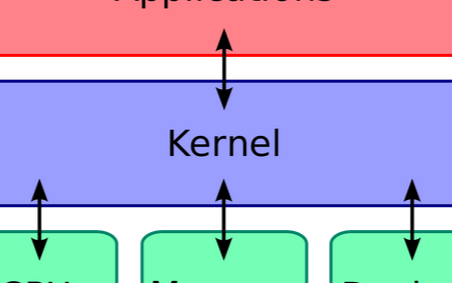
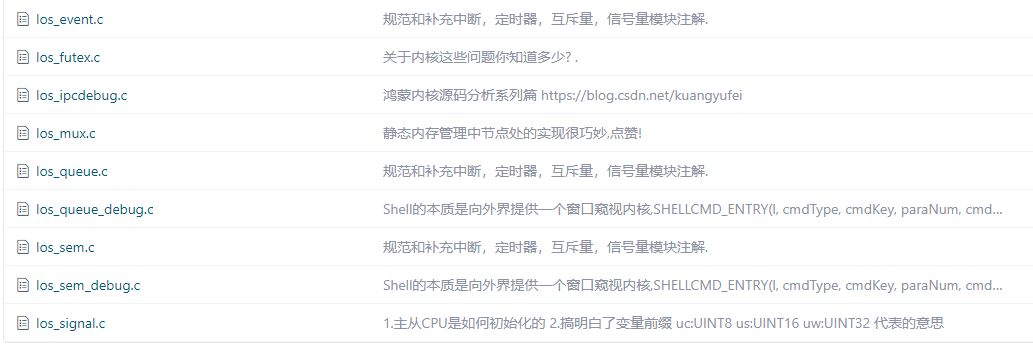



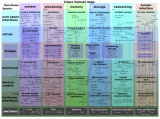











評論